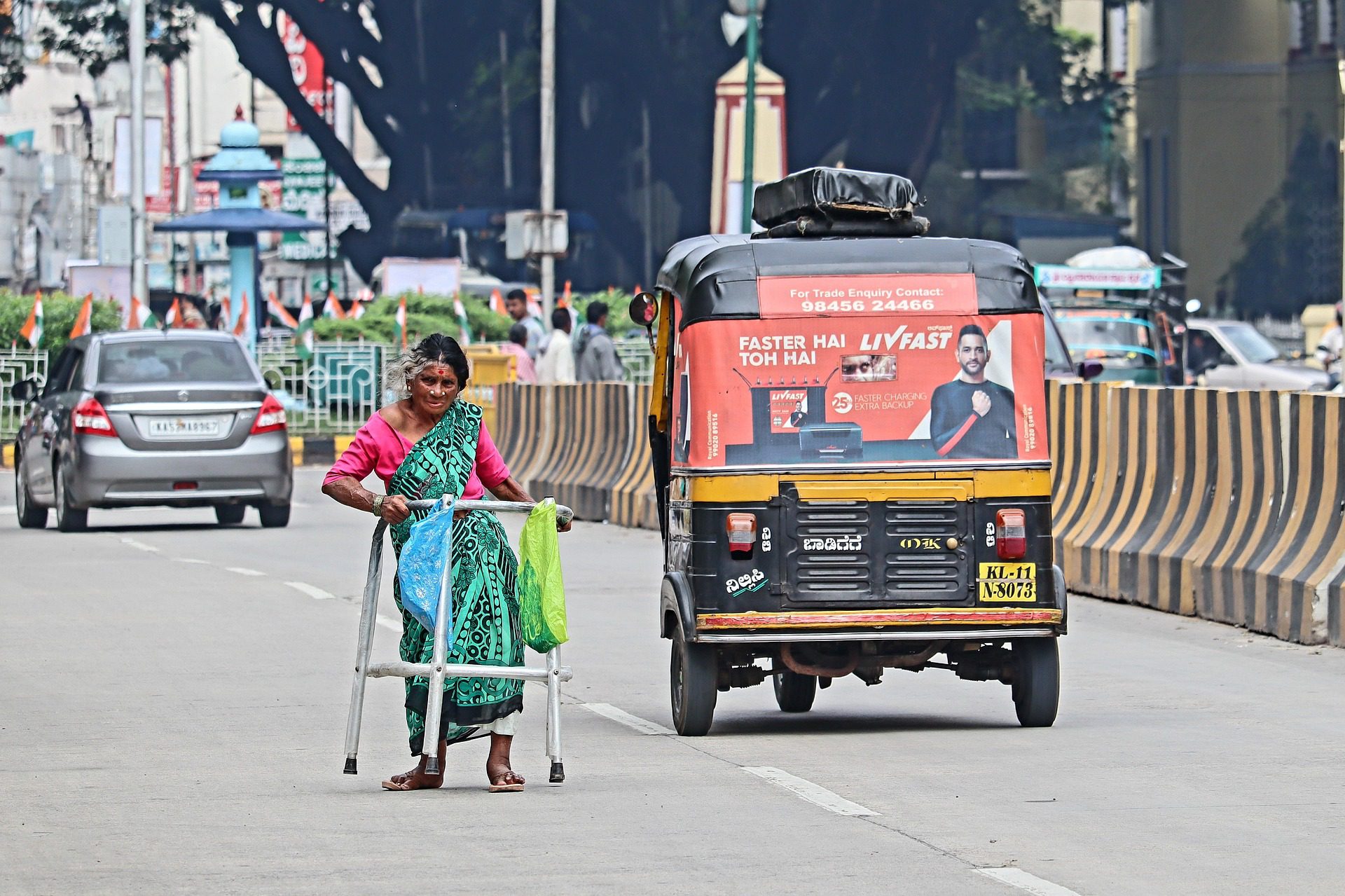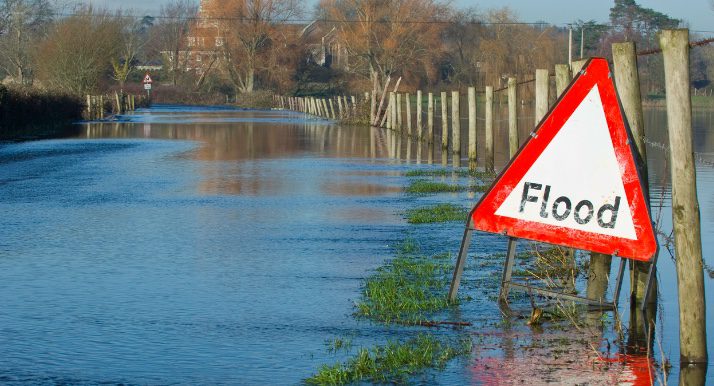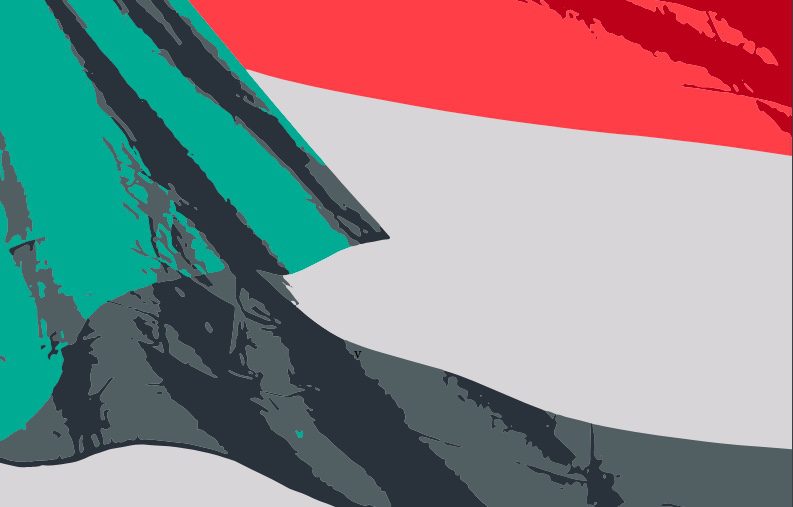
Little is known about the intersection of climate, disability, and human trafficking. Due to a lack of research looking at the experience of people with disability, and how climate change is affecting their lives, we don’t have figures or accurate information on the scope and scale of the issue. However, by analyzing existing literature and reports on each subject independently, we can connect the dots between disability, trafficking, and natural disasters. What emerges is a picture of compounding risk of trafficking for those living with disability.
Trafficking and Disability
It is a known fact that people with disabilities are more likely to experience human trafficking than the general population. Traffickers tend to target those they perceive as vulnerable, and the pervasive stigma faced by people with disabilities makes them especially appealing targets. Research on the intersection of human trafficking and disability is heavily limited due to a lack of academic and governmental focus on disabled trafficking victims. But studies indicate that people with disabilities are targeted at exceptionally high rates by traffickers. The research that exists suggests people with disabilities face increased difficulty finding living wage employment and face increased healthcare costs, both of which are associated with trafficking victimization. More fundamentally, these factors, among others, can plunge people with disabilities into poverty, which is strongly associated with trafficking risk. Given all of this, it is unsurprising that people with disabilities tend to be at higher risk to trafficking than the broader population.
Large-scale studies on trafficking and disability are rare, but current research indicates a strong link between disability and trafficking vulnerability, and that minors with disabilities are exceptionally vulnerable to sex trafficking. Using data from the National Longitudinal Study of Adolescent to Adult Health, a large-scale survey of American adolescent life, researchers found that girls with both physical and cognitive disabilities are significantly more likely to be sex trafficked than peers without disabilities. And there is an especially high prevalence of sex trafficking for those with severe physical disabilities. A smaller study that reviewed 54 juvenile trafficking cases found that 28% of the girls in those cases who had experienced sex trafficking had an intellectual disability, even though the national prevalence of intellectual disability is only between 1 and 3%. A 2015 meta-analysis reviewed several relevant studies and estimated that the risk for sexual abuse is four to six times higher for those with an intellectual disability than for the general population. Unfortunately, peer-reviewed research on the relationship between labor trafficking and disability is nearly nonexistent. While the data is clear that traffickers target and victimize adults with disabilities for labor and sex trafficking, we have little data on the real size of the problem. It is hard to determine the extent to which we can extrapolate trends of exploitation from minor sex trafficking to the issue of human trafficking broadly, but if adults with disabilities are being trafficked at comparable rates to minors with disabilities for labor and sex, the numbers are likely enormous.
Disability and Climate Change
When individuals with disabilities are displaced and put into desperate circumstances at increasing rates, as they often are during natural disasters, they become even more attractive to traffickers. Existing vulnerabilities compound in disaster and climate events for everyone. For a population already dangerously exposed, it equals an exceptionally high risk of being trafficked.
People with disabilities are documented to be disproportionately affected by the worst impacts of climate change. As disasters have become deadlier and more frequent, disability activists highlight alarming statistics about how disabled people fare during disasters and climate events. During a natural disaster, the mortality rate for people with disabilities is approximately two to four times higher than the overall fatality rate. On top of that, reports indicate that people with disabilities are more likely than any other group to face significant hardships, especially displacement from their homes, during and after a major disaster. For disabled people who do manage to evacuate, most never return home after being displaced and are often pushed into institutionalization or extreme poverty.
A contributing factor for why these numbers are higher for people with disabilities is that most climate and disaster planners fail to prepare for the needs of people with disabilities. For example, during Hurricane Katrina, institutional neglect for the needs of people with disabilities led to poor outcomes. The failure to make evacuation buses, shelters, and other support accessible had devastating results for people with disabilities, leaving them unable to connect with services and pushing them into desperate circumstances in the wake of the disaster. If we just focus on climate-related events, examples of non-inclusive planning abound. During the 2021 heatwave in British Columbia, the failure of authorities to plan for people with disabilities led to many preventable deaths. In Montreal’s 2018 heatwave, individuals with schizophrenia made up 25% of heat-related deaths despite only making up 0.6% of the city’s population. These crises happened in part due to local authorities’ failure to consider and plan for the needs of individuals with disabilities before the heat wave happened.
Policymakers and other actors must take urgent action to prevent the problems described above from worsening. Climate change is already the number one cause of displacement globally, and scientists expect climate disasters to worsen significantly in the near future. We’ve witnessed climate-related disasters increase by over 80% over the last four decades, and these changes will impact countries in every region: the IPCC reports “changes in the Earth’s climate in every region and across the whole climate system.” Many of these changes are unprecedented in human history in scale and severity. Additionally, at this stage the dice have been cast for certain trends. No matter how quickly we reduce our emissions, troubling phenomena like sea level rise are likely irreversible. Around the world record high temperatures on land and in the ocean are resulting in disaster. Droughts and wildfires have become more frequent and deadly, sea level rise threatens to displace millions, and a host of other climate-related disasters devastate communities around the world. Based on the current history of disaster management, it is clear that people with disabilities will be among those most impacted by climate change.
Connecting the Dots: Conclusions
People who find themselves in intolerable conditions are more willing to put themselves at risk to escape them, whether it’s famine, poverty or lack of sustainable income. This level of desperation exacerbates existing vulnerabilities to human trafficking and modern slavery as decision making is compromised by desolation. When people with disabilities are displaced from their homes or regular environments, as during a natural disaster, they are often subjected to desperate conditions, making them more susceptible to trafficking on top of their already high vulnerability. Evacuation during a climate event or natural disaster means people with disabilities face “dangerous levels of isolation, squalid living conditions, shortages of food, water and electricity, and permanent dislocation.” In the U.S., “Seventy percent of deaf people who were evacuated reported living in unsanitary conditions a month after the disaster. More than 74% of evacuees who are unable to walk reported experiencing a lack of food one month after a disaster. By contrast, just 9% of Americans who can walk faced a food shortage, and only 7% of American evacuees with good hearing were in unsanitary conditions.” People with disabilities are also at heightened risk of violence and exploitation during emergencies, even in shelters.
Research about the extent of these problems is lacking and we have no reliable international statistics on the prevalence of disability in migrant populations. In 2019, the Women’s Refugee Commission estimated that 12 million of the roughly 80 million people forcibly displaced globally were disabled. The actual number is likely even higher, but data on migration often excludes disabled people, and this lack of timely data only adds to the challenge. While scholars recognize that disabled people are at high risk for human trafficking during disaster events, the issue remains understudied. Without an understanding of the vulnerabilities of disabled people around climate, human trafficking, and displacement, it’s impossible to adequately respond. But by connecting available data points, we see a clear picture illustrating the urgent need for study, planning and action around the issue of disability, trafficking, and natural disasters.
Recommendations
Below are two goals to consider as we push for an inclusive and equitable climate transition.
Organizations tracking and researching trafficking and migration should ensure their research includes the perspectives of disabled people. Despite broad agreement that people with disabilities are especially vulnerable to trafficking, research on the link between trafficking and disability remains small. Researchers should analyze the relationship between trafficking and disability so policy responses can be formulated. Additionally, partnerships between disability organizations and those tracking migration could improve knowledge about migrants with disabilities and support action. Researchers in the climate and anti-trafficking fields must look at the vulnerabilities of people with disabilities to trafficking in a changing climate before this issue worsens.
Climate adaptation and emergency management practitioners need to anticipate and address trafficking vulnerabilities for individuals with disabilities in regard to disasters themselves and downstream after the event. An integral part of this is including active participation by people with disabilities at every stage of the planning process, “Nothing about us, without us.” It is also essential to include a diverse set of disability stakeholders and represent people across the spectrum of disability. Those with physical disabilities, cognitive disabilities, sensory disabilities, chronic conditions, and other disabilities must be represented for effective planning. These groups all have unique needs and vulnerabilities and when governments create programs intended to help individuals with disabilities, disability perspectives need to be front and center. People with disabilities are the best experts on their needs during and after a climate event and evidence shows that there is no substitute for this type of participation.












